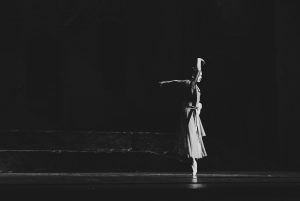Our Kahoot!
Here is the Kahoot that Kate and I are going to be playing with our class after our presentation. We have learned so many new things about Kahoot and the different kinds of games you can create, we decided that it would be fun to play a Kahoot as a class. Although we didn’t make our own for the presentation, we looked up multiple different Kahoots that are already made and available for everyone to use. We decided to choose a subject area that everyone should know some information. We chose to do a Disney character Kahoot. We think that this will be fun and that our classmates will like it. Here is the link to find so many different Kahoots that are already made and have over one hundred different topics and subjects.
https://create.kahoot.it/discover
And here is the link to our Disney Kahoot that we will be playing in class.
https://play.kahoot.it/v2/lobby?quizId=c5cd5413-fb6b-43cf-baf3-ed2de4392c2f
Key Points
- Kahoot! is website and an app that allows teachers to create different quizzes per subject or unit.
- With a quiz created by the teacher, the students will follow along and engage in friendly competition (This promotes a positive learning environment and can build upon past knowledge!)
- Creating a Kahoot is fun and easy and can be personalized for the optimal learning of the students.
- Kahoot! uses a game-based student response system (GSRS), which refers to a game-based system in which the teacher will present interactive elements within the regular delivery of the lesson.
- By using games, students can access their previous knowledge, reflect on their own academic improvement and expand into further critical thinking. Further, games influence improvement in problem-solving and critical thinking.
- Overall, the game-based learning is used to promote positive student engagement in the classroom and create a positive emotional climate through healthy student competition and individual motivation.
- Pros:
- Teachers can create various types of quizzes such as true or false, multiple choice, or open-ended questions for various subjects.
- Provokes attention amongst the students in class.
- Allows students a break period from structured learning
- Promotes student Interaction and Participation
- Friendly competition becomes a motivator for students
- Anonymity
- Knowledge Retention
- It’s FUN!!!!
- Cons:
- There is often only one answer to a question which can limit thoughts and opinions
- Technology issues
- Usernames can become inappropriate
- The speed motivator can be overwhelming
- When teachers use Kahoot! within the classroom students are able to go over previously learned material and are able to understand and explore new perspectives. They are able to expand beyond what they already know and dive into new materials.
- Allows students to review key concepts and topics covered in class
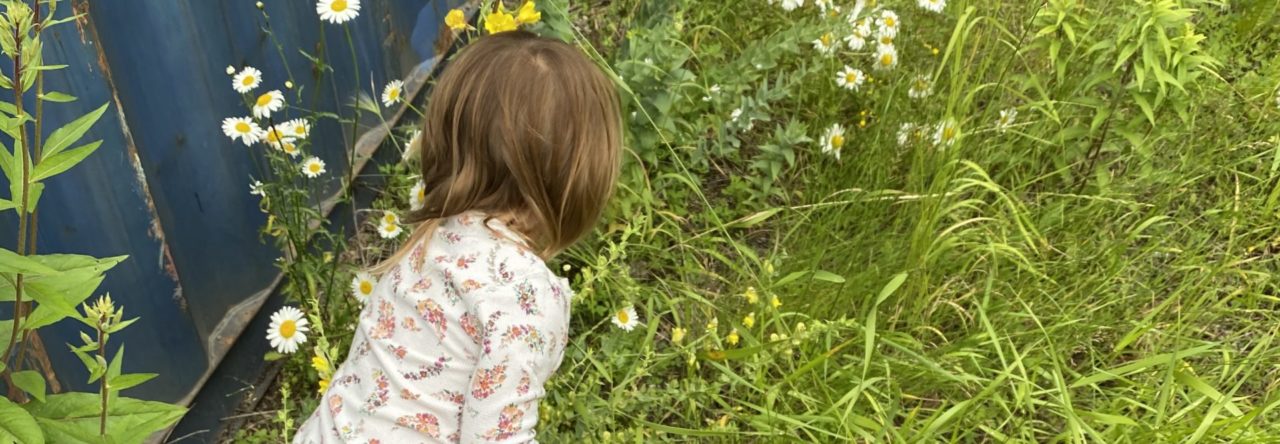
 study beforehand if they know there is going to be a Kahoot the next day furthering their learning and memorization capacity. Kahoot allows students to review key concepts and topics covered in class and allow students to see these concepts in a brief and precise format which helps students develop a clear understanding. Through a study done on the benefits of Kahoot, it was discovered that students are more likely to retain information if it was delivered through a Kahoot. Students also reported that they were in favour of the quick and basic reminders within a Kahoot that allowed them to refresh their memories. Further, when a question is presented within a Kahoot
study beforehand if they know there is going to be a Kahoot the next day furthering their learning and memorization capacity. Kahoot allows students to review key concepts and topics covered in class and allow students to see these concepts in a brief and precise format which helps students develop a clear understanding. Through a study done on the benefits of Kahoot, it was discovered that students are more likely to retain information if it was delivered through a Kahoot. Students also reported that they were in favour of the quick and basic reminders within a Kahoot that allowed them to refresh their memories. Further, when a question is presented within a Kahoot it opens the door for the class conversation to discuss why certain answers were correct and some were not.
it opens the door for the class conversation to discuss why certain answers were correct and some were not.




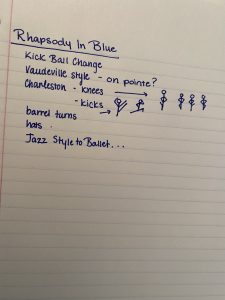 I then asked them to find ways to put the different movements together into 8 count phrases. we ended up integrating these phrases into a later part of the dance.
I then asked them to find ways to put the different movements together into 8 count phrases. we ended up integrating these phrases into a later part of the dance.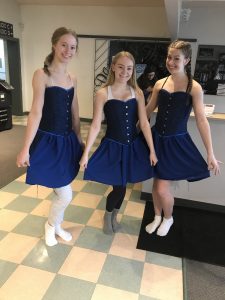

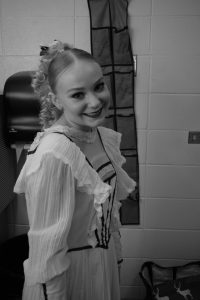
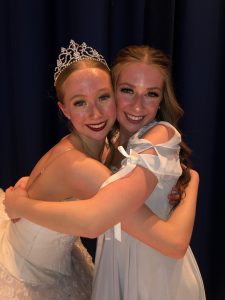
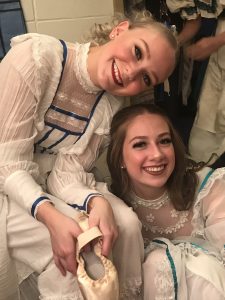
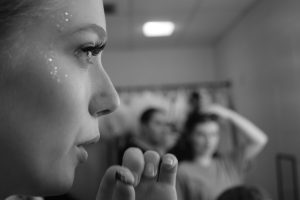
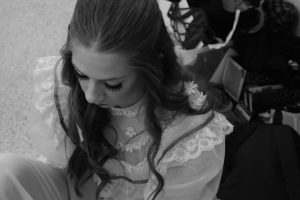


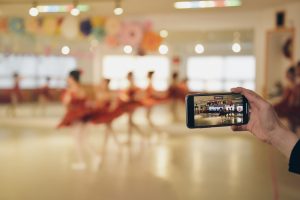 The third strategy includes extra work for the dancer. It is suggested that dancers make time to review, reflect, and practice on their own outside of rehearsal. This allows them to be further mentally and physically prepared for future rehearsals as they better memorize the movements given previously so that they are more able to focus on the new material be given. It also allows them to become more fluid in the movement and explore the artistry that they can bring to the phrase later on.
The third strategy includes extra work for the dancer. It is suggested that dancers make time to review, reflect, and practice on their own outside of rehearsal. This allows them to be further mentally and physically prepared for future rehearsals as they better memorize the movements given previously so that they are more able to focus on the new material be given. It also allows them to become more fluid in the movement and explore the artistry that they can bring to the phrase later on.
